How ICS can add efficiency to operational baggage handling
In an era of heightened demands on security and effectiveness, an efficient and flexible baggage handling system is crucial to an airport’s operations.

By Moritz Bender
The modern individual carrier system (ICS) is a type of baggage handling system that has proven to play an important role in meeting higher security and efficiency demands in the airport market.
Let’s take a look at why ICS is an important baggage operations technology for any airport, what ICS is exactly and how it differs from conventional airport baggage handling systems.
There are some fundamental differences between systems utilising ICS baggage operations technology and conventional baggage handling systems. In a conventional system, a bag travels directly on the conveyor belt in one way, from check-in to the final makeup. It is sometimes combined with sorter technology for final sorting. There are no return lines back to the check-in area and therefore there are limited possibilities for any redundancies and recirculations.
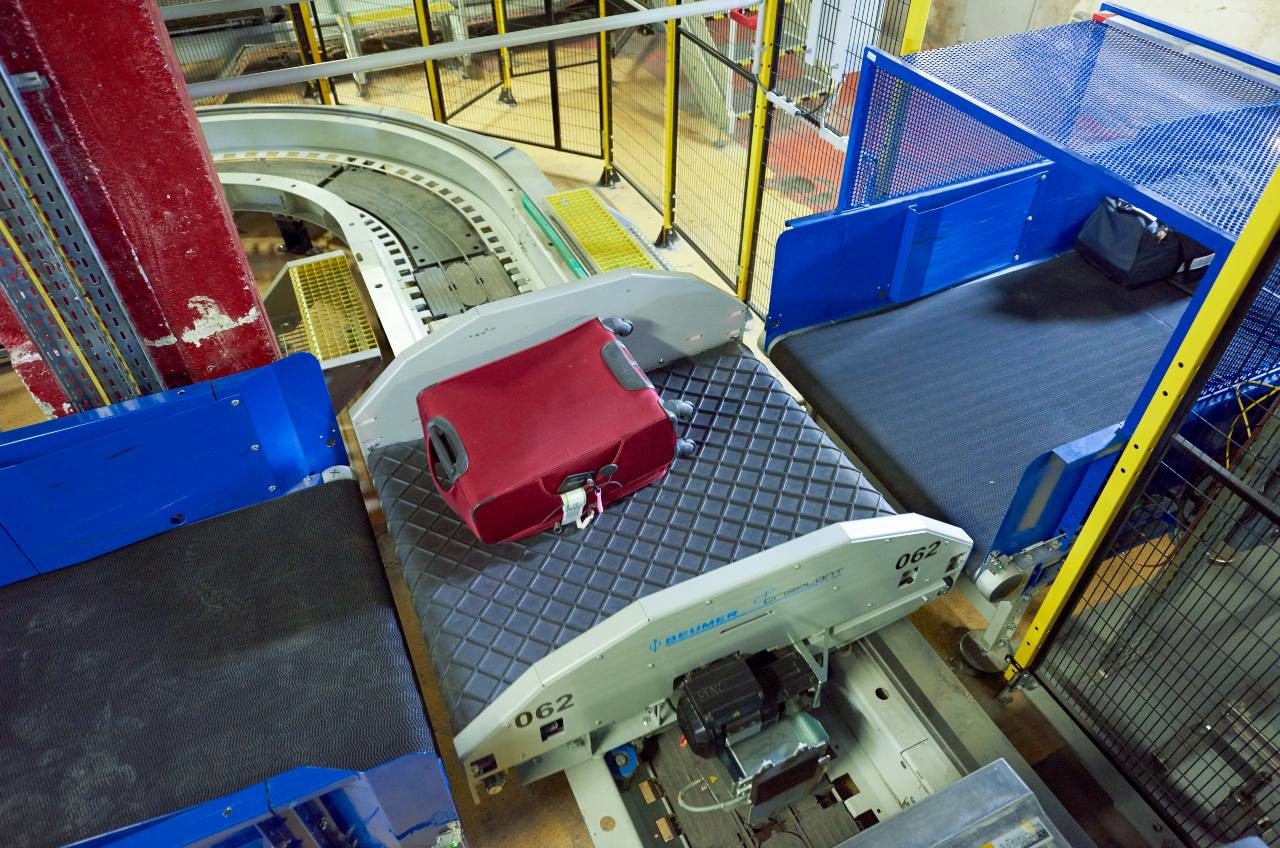
In an ICS system, a bag is loaded into a carrier and travels inside the carrier from check in to the final destination, where it is separated. The bag is discharged to the makeup area, a chute or carousel, and the empty carrier returns to the loading area at or nearby check-in. On its way back, it can take inbound baggage to the arrival reclaim area, or transfer baggage from unloading positions into the sorting area. Lines can also be used for recirculations or diversions (redundancies).
Read more: “5 ways to reduce costs and improve operational efficiency in baggage handling”.
ICS baggage operations technology can provide bag transportation much faster than conventional belt systems. It is, for example, the best technology to handle fast transfer connection times between terminals. Due to the unified carrier making handling so much easier, the number of system jams are substantially less than those of conventional systems. This results in less technicians needed to clear bag jams and, therefore, lower operation and maintenance costs. What’s more, ICS technologies can deliver energy savings up to 60 percent compared to conventional belt technology.
ICS technology is important for airports because it can handle varying baggage and varying sizes in a uniform carrier which does away with the need to clear bag jams caused by baggage straps or unfavourable baggage shapes. In addition, it helps fulfil the increasing demand for 100 percent track and trace and 100 percent security screening required by TSA, ECAC Standard 3 and other regulations.
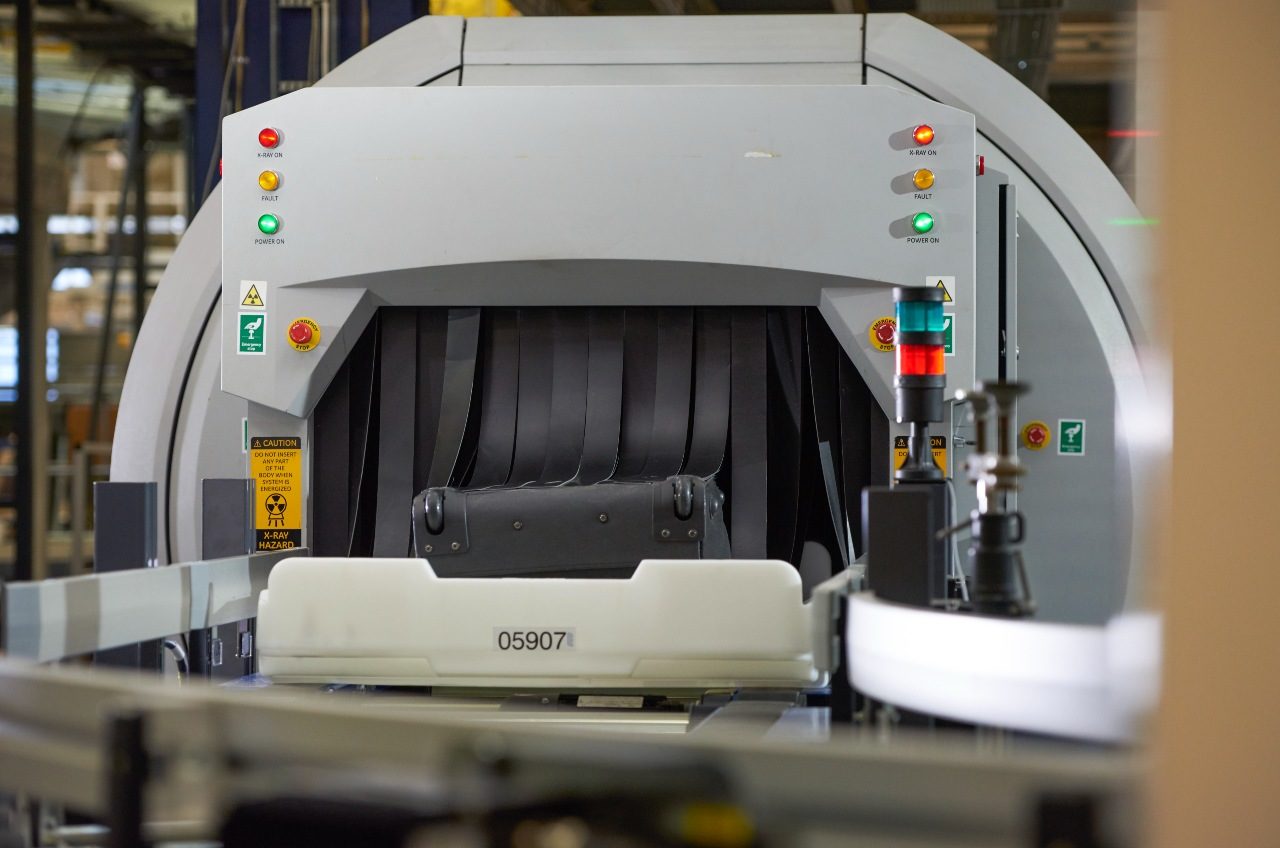
Another important advantage of ICS is simply its very modular design, giving the best flexibility to adapt the system to new requirements. Every airport is continually confronted with new requirements. Airlines changing their operations (such as imposing restrictions for hand luggage, the type of aircraft and so on) need flexibility in the airport’s infrastructure. And the changes in regulations (IATA 753, ECAC2 to ECAC3) result in modifications to the BHS. This is why modular design is so important to airports. (Lately, COVID-19 is yet another driver of changes.)
In order to meet today’s stringent security requirements, airports must be able to provide 100 percent track and trace in their baggage handling systems.
ICS technology successfully achieves this through its simple principle of one bag per individual carrier. This means that every single bag is placed in its own individual carrier, and the bag and carrier are not separated until the bag reaches its final destination. The bag stays in the carrier while running through the screening machine. By “marrying” the tag’s ID with its carrier’s ID, both bag and carrier can be tracked throughout, making it possible to verify a bag at critical points and reroute a bag if there is a change to its status during its journey.
Modern ICS technology, therefore, enables airports to deliver a 100 percent track and trace process. Moreover, ICS contributes to helping airlines offer baggage tracking as an extra service to their passengers.
In living up to strict security criteria, it’s essential that airports do not create bottlenecks in their baggage security screening processes due to insufficient staffing or resources. It’s also essential the system is designed to balance loads between redundant routes to ensure optimum usage of available Explosive Detection Systems (EDS). A modern ICS system helps to remedy these issues through its routing algorithm.
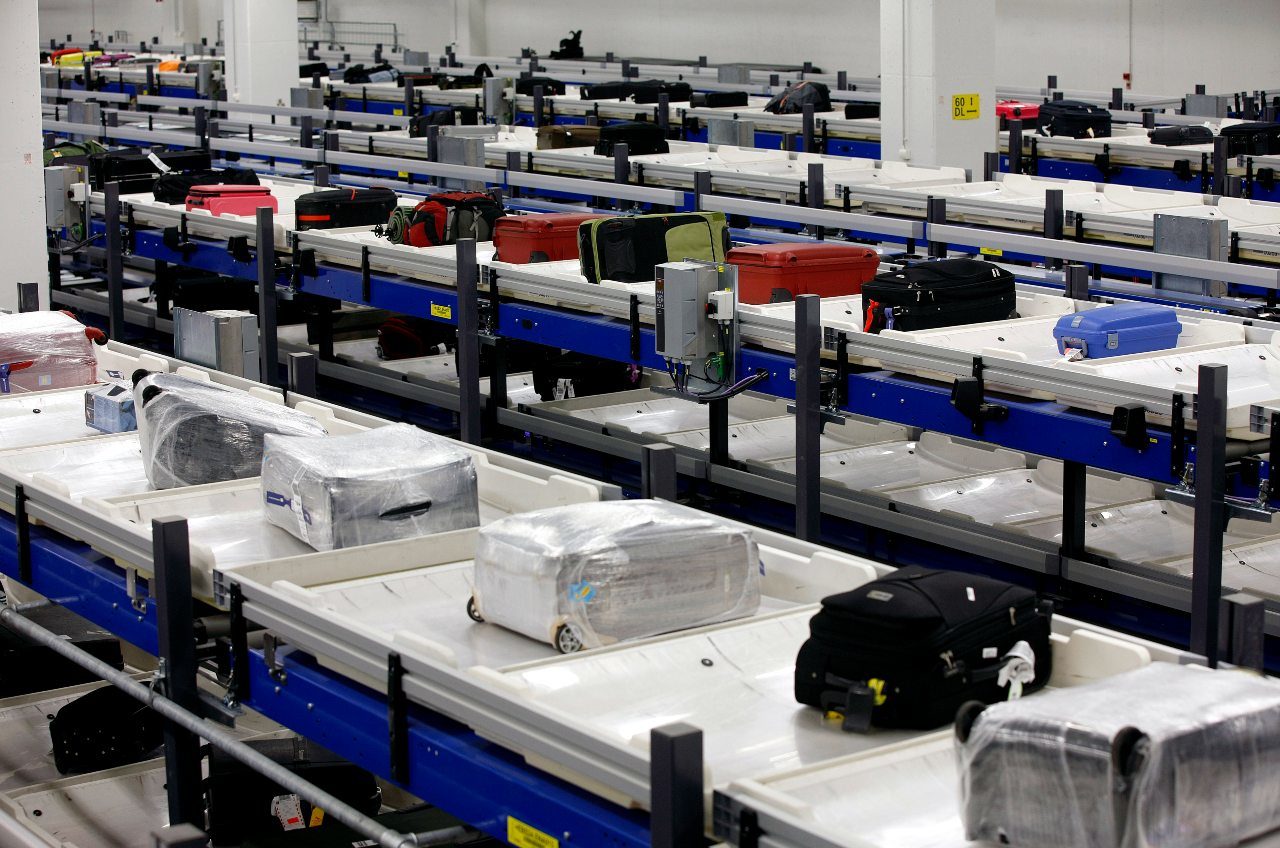
The defining feature of an ICS baggage handling system is its use of uniform carriers, such as carts or totes (also referred to as trays). It’s based on the idea that loading a single bag into an individual carrier will prevent wheels, straps, or odd shaped bags catching on a conveyor system and creating jams. A bag is loaded into the carrier at the beginning of its journey through the baggage hall and only separated at the very end, just before loading the ULD transport container or baggage dolly. The ICS can run at high speeds and is therefore the best technology over long distances.
As mentioned already, ICS technology is modular in design, with carriers circulating around a rail track loop. Some modern ICS systems can run in reverse, providing self-correcting routing options. BEUMER Group offers two types of ICS systems – the BEUMER CrisBag® tote based system and the BEUMER autover® cart based system.
Download whitepaper: “Modern Individual Carrier Systems for Airport Baggage Handling.
So when should each technology be used? Well, that depends on where the system is being implemented.
A tote system, for example, is suitable for airports with one or more terminals. Its ideal application is for medium and high capacity sorting that needs a medium-speed transport with a limited number of discharges.
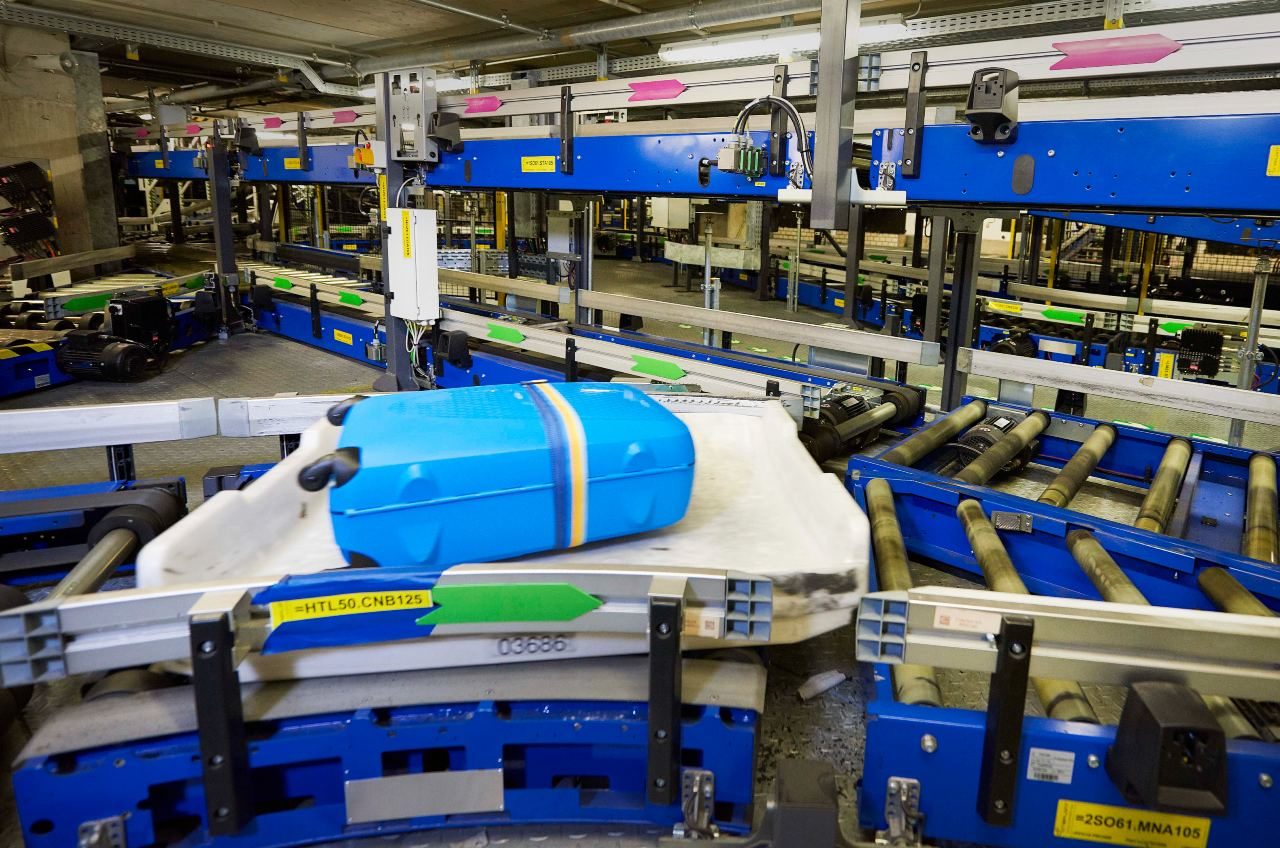
A cart system is suited to small and midsize terminals and systems, as well as inter-terminal connections. Its ideal application, by comparison, is for high speed transport and lower capacity with a high sortation complexity. It can cope with many discharges on long distances.
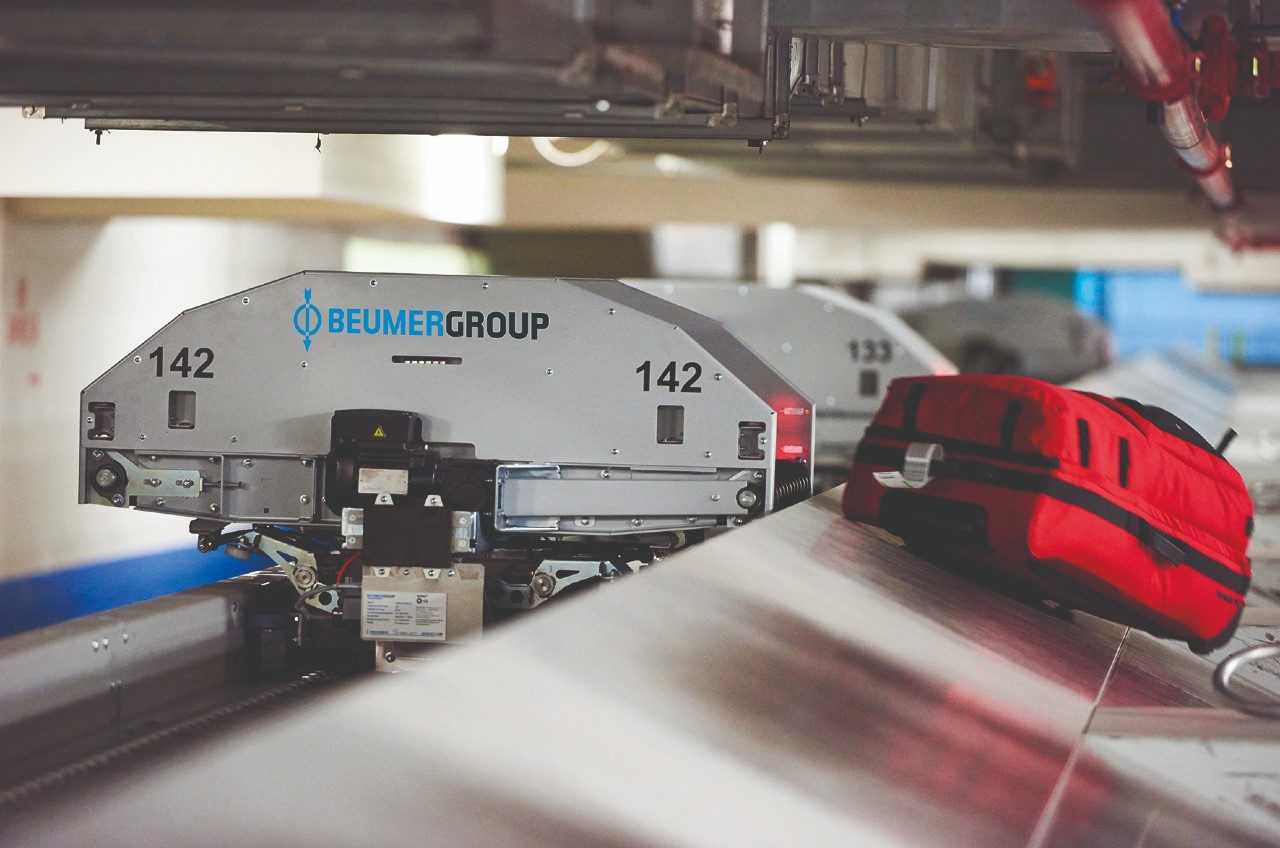
ICS technologies offer many attractive features that can benefit the baggage handling systems of all airports, airlines and airport authorities. They add various improvements to operational baggage handling – such as unique traceability and scalability – while being cost-effective, energy-efficient solutions that can positively influence an airport’s baggage performance.